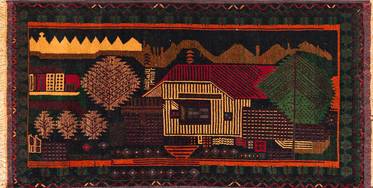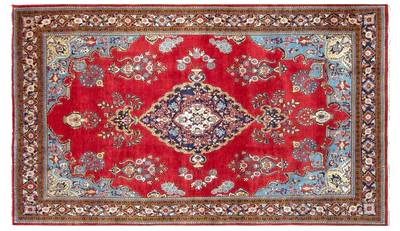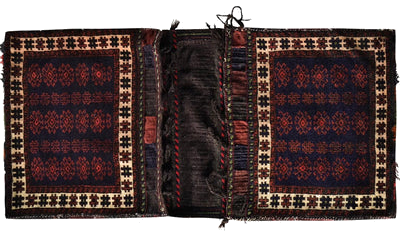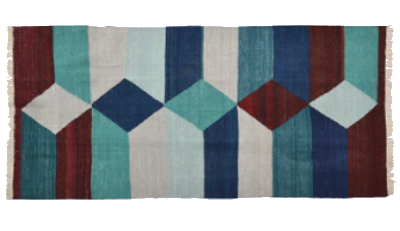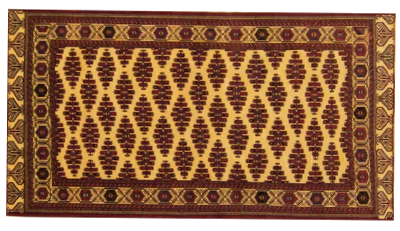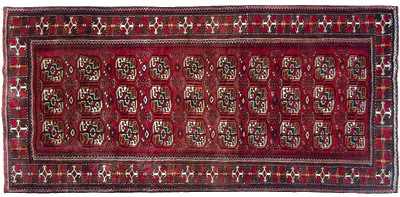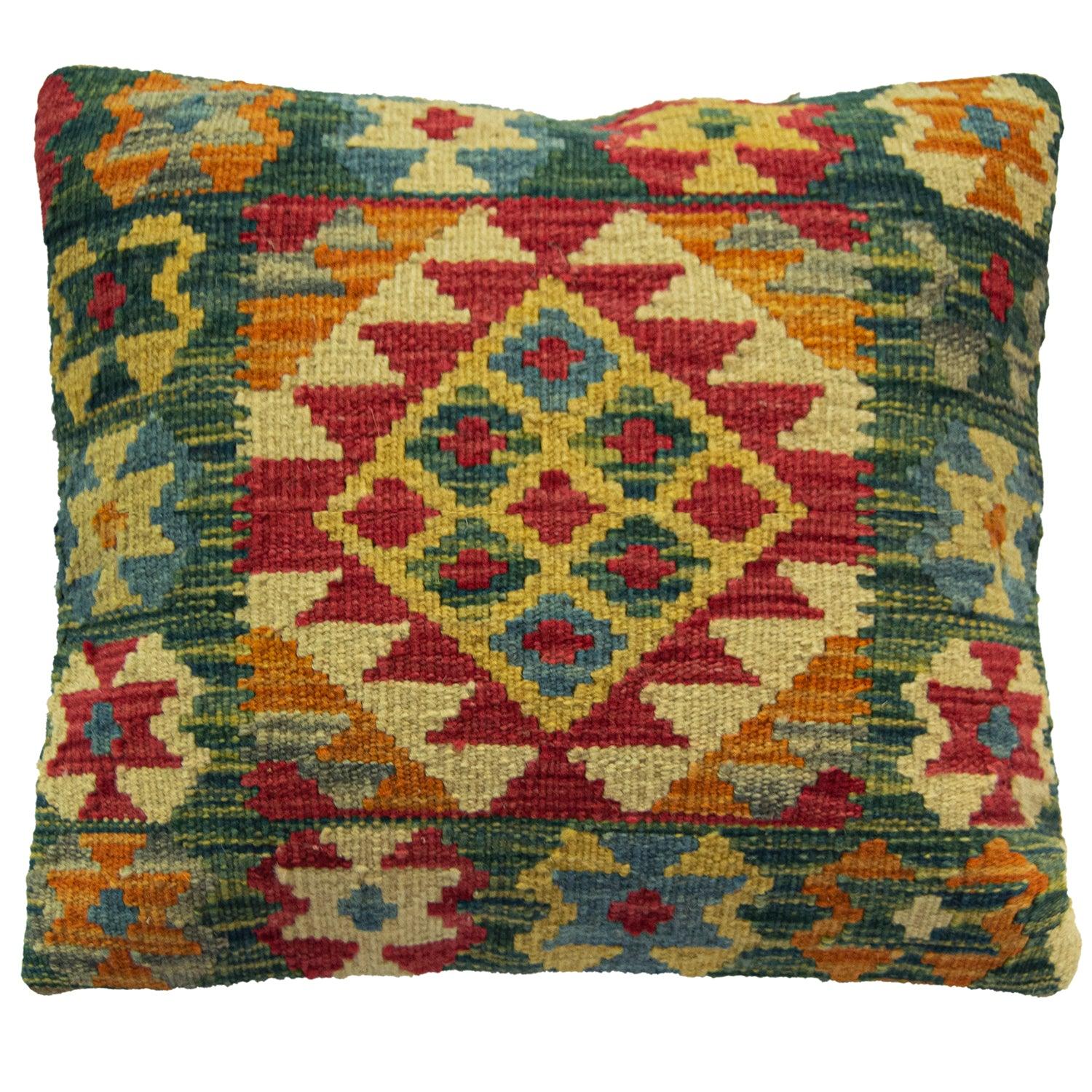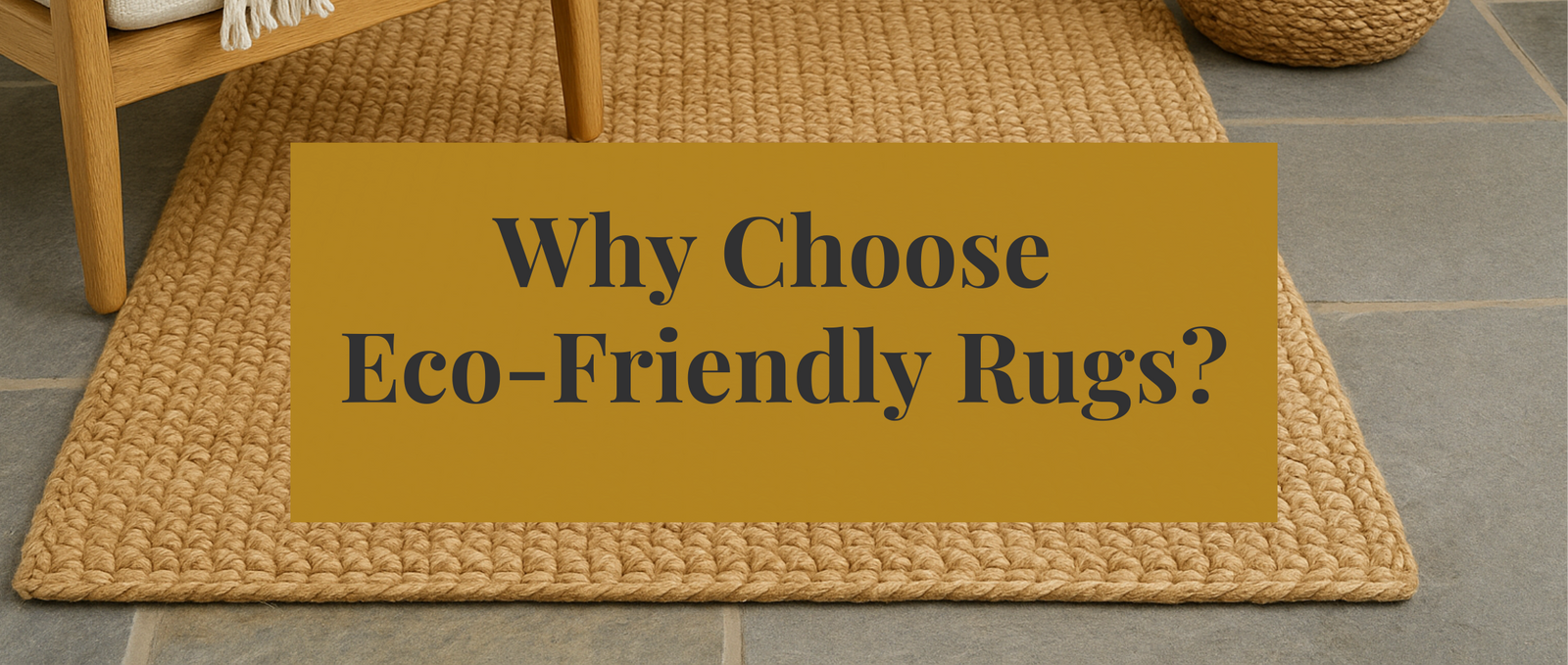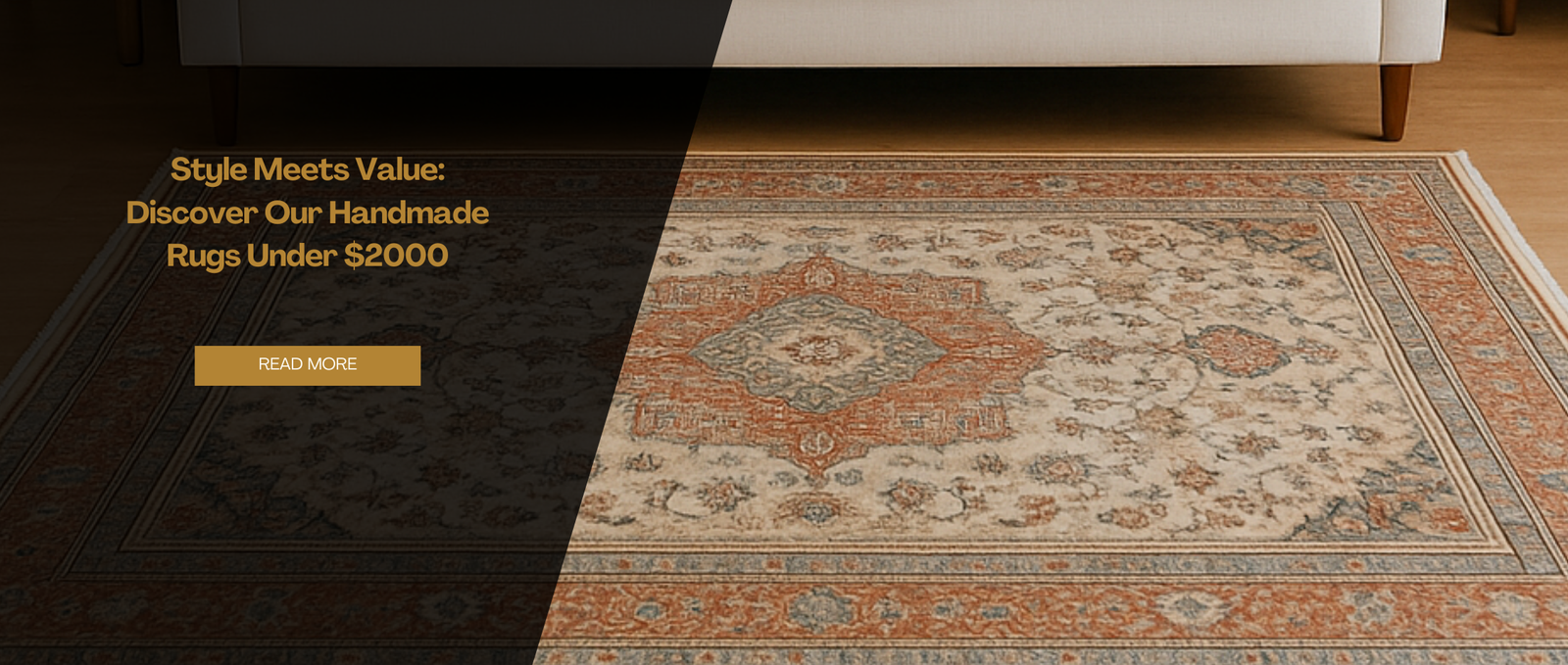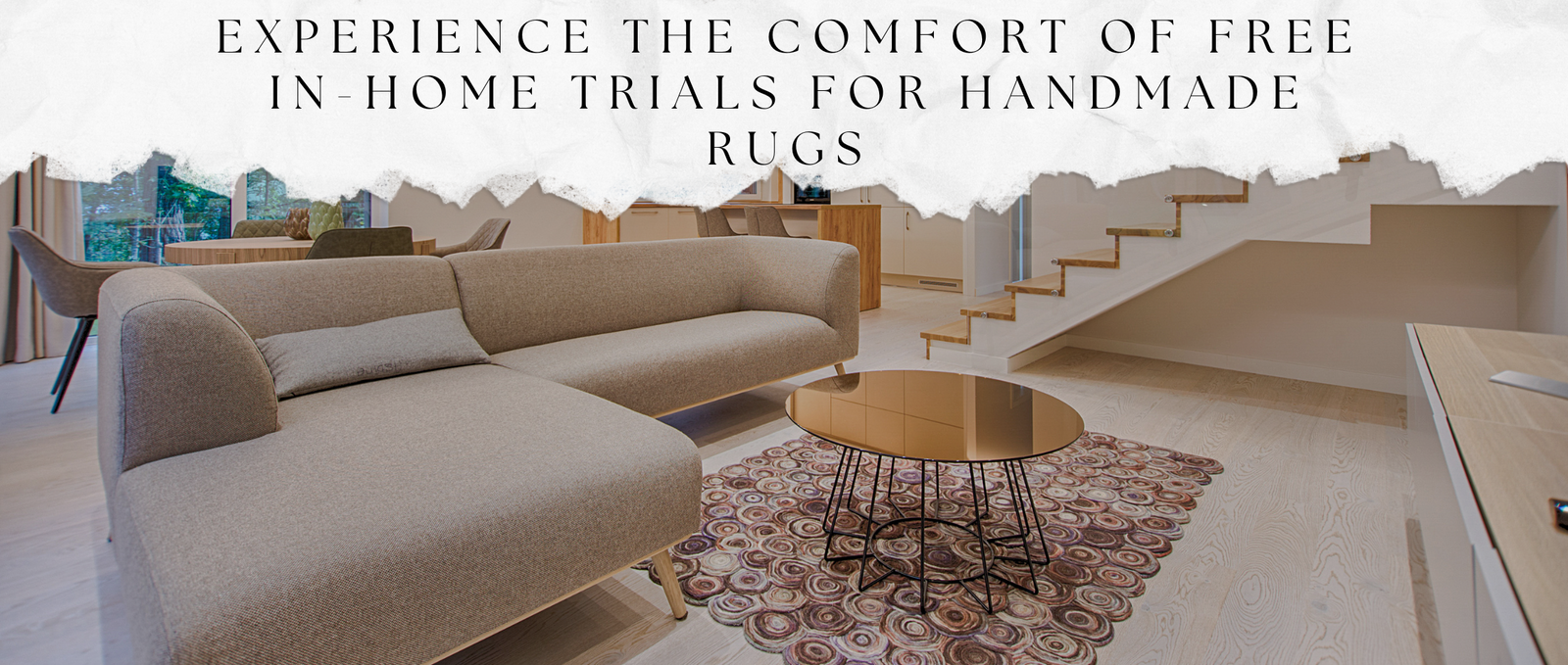Interior Designers' Guide to Choosing the Perfect Rug

Importance of Choosing the Right Rug for Interior Design Projects
Selecting the ideal rug is crucial for any interior design project, as it can significantly impact the overall visual appeal and functionality of a space. A suitable rug not only complements the design elements but also ties the entire room together harmoniously.
The Role of Rugs in Enhancing the Overall Aesthetics of a Room
Rugs play a vital role in enhancing a room's aesthetics, as they can add texture, colour, and pattern to the space. They can also create a sense of warmth, comfort, and visual interest, making a room feel more inviting and well-designed.
How a Well-Chosen Rug Can Transform the Look and Feel of an Interior
A well-chosen rug has the power to transform the look and feel of an interior by creating a focal point, defining the area, and introducing new design elements. The right rug can also improve the overall ambiance, making the space feel more cohesive and harmonious.
Understanding the Basics of Rug Design
When choosing the perfect rug, it is essential to have a solid understanding of the different types, materials, styles, and sizes available. This knowledge will help you make a well-informed decision that complements your interior design project.
Types of Rugs Available in the Market
There are three main types of rugs to consider when making your selection: hand-knotted, hand-tufted, and machine-made rugs. Hand-knotted rugs are meticulously crafted by skilled artisans, offering a high-quality, durable, and unique product. Hand-tufted rugs are also made by hand but involve a different process, resulting in a more affordable option. Machine-made rugs, as the name suggests, are produced using machines, providing a cost-effective and widely available choice.
Materials Used in Rug Production
The materials used in rug production play a significant role in determining the rug's overall quality, appearance, and durability. Common materials include wool, silk, cotton, and synthetic fibres. Wool rugs are known for their softness, durability, and natural resistance to stains. Silk rugs are luxurious, delicate, and often showcase intricate designs. Cotton rugs offer a more casual look and are easy to clean, while synthetic fibres such as nylon, polyester, and acrylic provide a budget-friendly alternative with various design options.
Popular Rug Styles
Understanding the popular rug styles can help you select the best rug for your interior design project. Traditional rugs often feature intricate patterns, rich colours, and classic designs inspired by historical art and cultures. Contemporary rugs showcase modern designs, bold colours, and minimalistic patterns. Transitional rugs blend traditional and contemporary elements, creating a versatile and timeless look. Tribal rugs are characterized by their handwoven, rustic, and culturally-inspired designs.
Rug Sizes and Shapes
Finally, consider the various rug sizes and shapes available to find the perfect fit for your space. Small rugs are ideal for accentuating specific areas or smaller rooms, while medium-sized rugs can work well in living rooms, dining rooms, and bedrooms. Large rugs can help anchor an expansive space or create a cohesive look in open-concept interiors. Runners are perfect for hallways and other narrow spaces, and round rugs can add a unique touch or soften angular room layouts. Custom-sized rugs offer the flexibility to create the perfect fit for any room, ensuring a harmonious and well-designed interior.
Factors to Consider When Choosing a Rug for an Interior Design Project
There are several factors to consider when selecting the ideal rug for your interior design project, including room size and layout, furniture arrangement, colour and pattern, and functionality and practicality.
Room Size and Layout
Accurate measurements of the space are crucial for determining the ideal rug size. A rug should fit comfortably within the room's layout and enhance the overall design. Consider the room's dimensions, and choose a rug size that complements the space and creates a balanced look.
Furniture Arrangement
Consider how the rug will work with the existing furniture arrangement to create a cohesive look. The rug should tie together the various design elements and create a harmonious atmosphere. Be mindful of the rug's placement, ensuring it complements and accentuates the surrounding furniture.
Colour and Pattern
Choose a rug that complements the room's colour palette and suits the interior design style. The rug's colour and pattern should enhance the overall aesthetics of the space without overpowering other design elements. A well-selected rug can add visual interest, depth, and a sense of cohesion to the room.
Functionality and Practicality
When choosing a rug, consider the amount of foot traffic in the room and select a rug material that is easy to maintain and clean. Assess the comfort and durability of the rug, ensuring it is appropriate for the intended use. A functional and practical rug will not only enhance the space visually but also provide lasting value and enjoyment.
Expert Tips for Interior Designers on Rug Selection
Choosing the perfect rug for your interior design project can be enhanced by incorporating expert tips, such as mixing and matching different rug styles, maximising the impact of a rug in a room, and incorporating a rug in various room settings.
Mixing and Matching Different Rug Styles
Layering rugs can add visual interest and depth to a space, creating a unique and dynamic design. Combining traditional and contemporary rug designs can result in a balanced and versatile look, blending classic elements with modern aesthetics.
Maximising the Impact of a Rug in a Room
Using a rug as a focal point in the room can draw attention and create a sense of cohesion with other elements in the space. Ensuring the rug complements the overall design and contributes to a harmonious atmosphere will enhance its impact and elevate the room's aesthetics.
Incorporating a Rug in Various Room Settings
Consider incorporating rugs in different room settings, such as living rooms, dining rooms, bedrooms, hallways, entryways, and outdoor spaces. Each setting presents unique design challenges and opportunities, allowing you to experiment with various rug styles, sizes, and materials to create a well-designed and functional space.
Discover Your Ideal Rug Today
A well-chosen rug can significantly enhance the overall aesthetics and functionality of any interior design project. This guide offers valuable insights into the various rug types, materials, styles, and sizes, as well as essential factors to consider when selecting the perfect rug for your space. With this knowledge, interior designers can make informed decisions and confidently select rugs that complement and elevate their designs.
We encourage you to explore the House of Haghi collection to discover a wide range of high-quality rugs that cater to diverse design preferences and styles. For further assistance, don't hesitate to contact the House of Haghi team.

